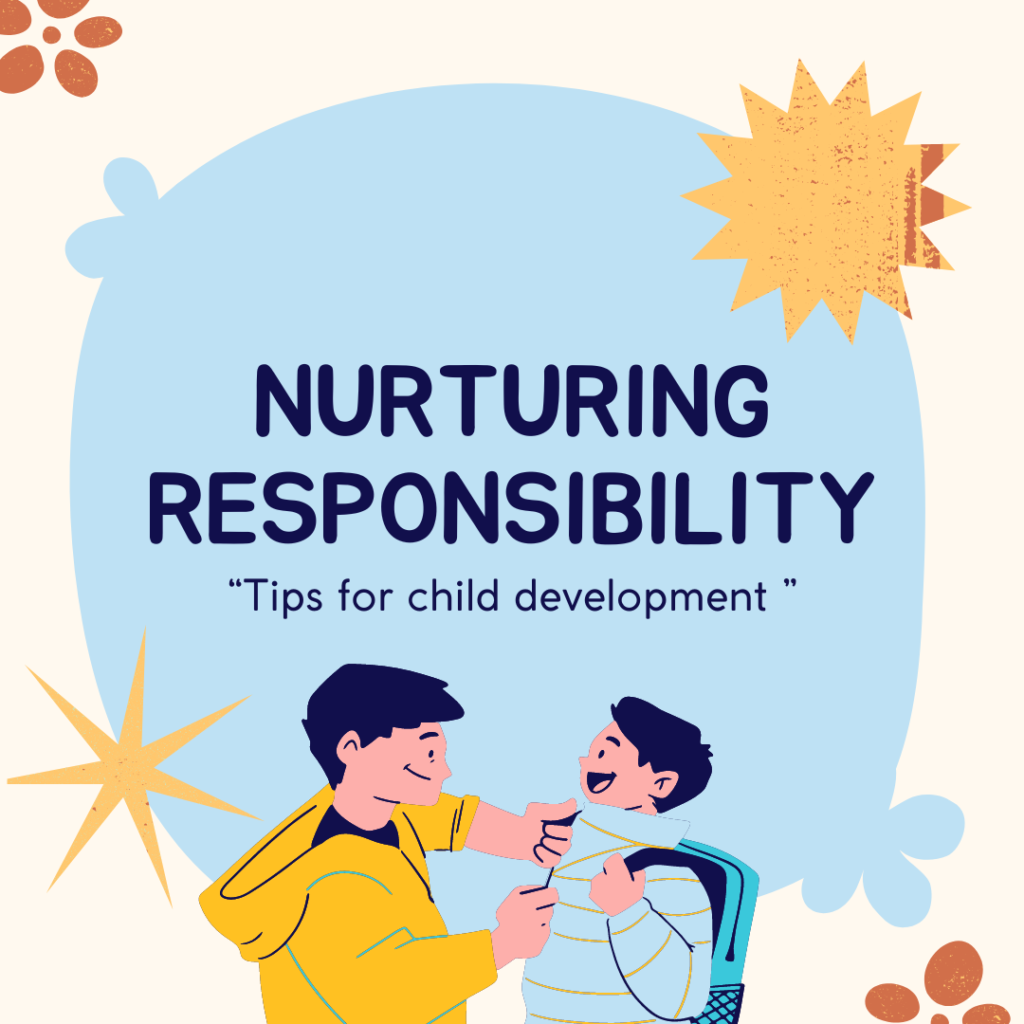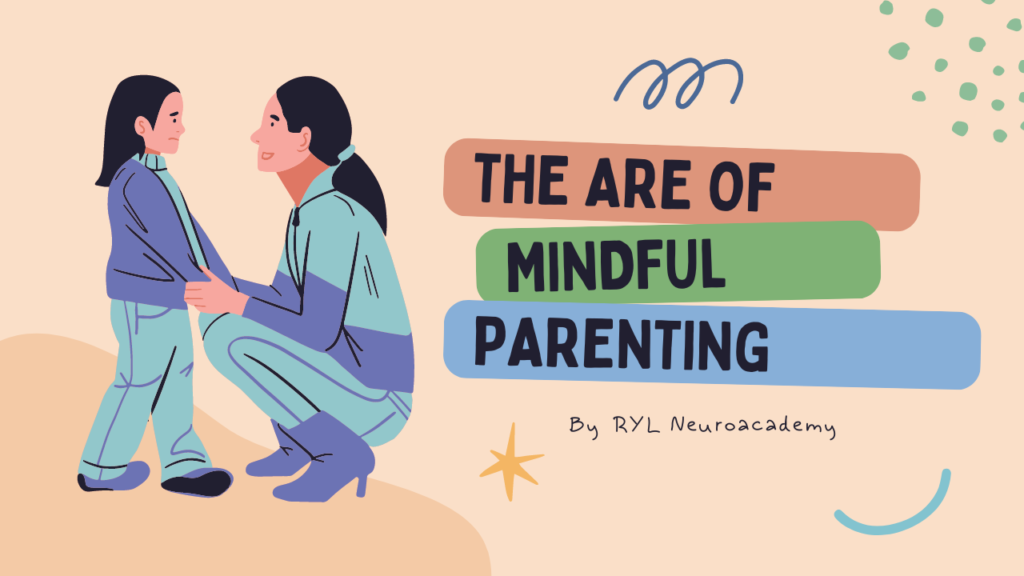
Child development is a holistic study of how children progress physically, mentally, emotionally, and socially as they grow. This intricate process unfolds in distinct stages, each characterized by unique milestones and challenges. Understanding child development is pivotal for parents, educators, and caregivers, as it equips them with valuable insights into children’s needs, behaviors, and capabilities.
The Importance of Developmental Patterns

Recognizing developmental patterns is essential for understanding children. Knowing what to expect at different stages of development enables child development psychologists to establish guidelines for nurturing desirable behaviors. This knowledge helps parents and teachers guide children’s learning at appropriate times. Without proper opportunities and encouragement, normal development may be delayed. Understanding why delayed development occurs and how to address it is crucial for ensuring children reach their full potential.
Types of Changes in Development
Children undergo a series of changes in size, height, and weight each year. Cognitive development, as described by Piaget and other theorists, includes sensory-motor, preconceptual, concrete, and formal operations stages. Physical growth changes, such as proportions, also reflect mental changes. Interests and thinking evolve from pleasure-based to reality-oriented as children grow.
Certain physical features disappear, like baby hair and reflexes, while new features emerge during different stages, such as middle childhood and early adolescence. Children become more curious about topics like sex, moral standards, religious habits, and language usage. Development, whether physical or mental, is not uniform. It is rapid during early childhood, slows down between six and adolescence, and picks up again during puberty. Mental development also follows a rapid initial pace, with significant growth by age 16.
Principles of Development
Development is characterized by several principles:
- Universal Patterns: Development follows a similar sequence for all children, though the rate may differ among average, bright, and dull children. For instance, a child must babble before speaking.
- From General to Specific: Before birth, the fetus moves the entire body but cannot make specific responses. Similarly, general excitement in emotions precedes the development of specific emotions.
- Continuous Development: Development is a continuous process. For example, speech gradually evolves from cooing and babbling to monosyllabic sounds.
- Different Rates for Different Behaviors: Development rates vary for different behaviors. For instance, hands and feet reach maturity early in adolescence, while the face and shoulders develop more slowly.
- Correlation, Not Compensation: Physical and mental traits develop in correlation. For example, language development is linked to speech organ development.
- Sequential Patterns: Development follows cephalo-caudal (head to foot) and proximodistal (central body to extremities) sequences.
- Individual Differences: Each child’s development varies due to heredity and environmental influences, resulting in unique developmental patterns.
Major Developmental Periods
Development occurs in distinct stages, each with unique characteristics:
- Prenatal Period: Conception to birth
- Neonate: Birth to 2 weeks
- Infant: 2 weeks to 2 years
- Early Childhood: 2 to 6 years
- Late Childhood: 6 to 13 years
- Adolescence: 13 to 16 years
Children typically pass through these stages around the suggested age levels. Training and learning materials should be planned to fit these age levels and cultural contexts. Special provisions are necessary when development deviates from normal patterns.
Understanding Normal and Problem Behaviors
Behaviors considered normal at one stage may not be accepted as normal in another. For example, a child refusing to sleep or wanting water at bedtime might be displaying age-appropriate behavior. Similarly, lying before school age and daydreaming in early school years are normal behaviors. Understanding these behaviors in the context of developmental stages is crucial for addressing and guiding children’s actions effectively.
Learn More About Parenting
To delve deeper into the principles of child development and effective parenting strategies, watch our detailed video on parenting. Click the link below to access valuable insights and practical tips to support your child’s growth
Click here to know more about parenting and child development

